
Production of the Bugatti Veyron might have ceased, but the legacy of the world’s original hypercar lives on. This is the final Veyron Grand Sport Vitesse built, tastefully specified in homage to an example of Ettore Bugatti’s brilliant Type 35 Grand Prix car…
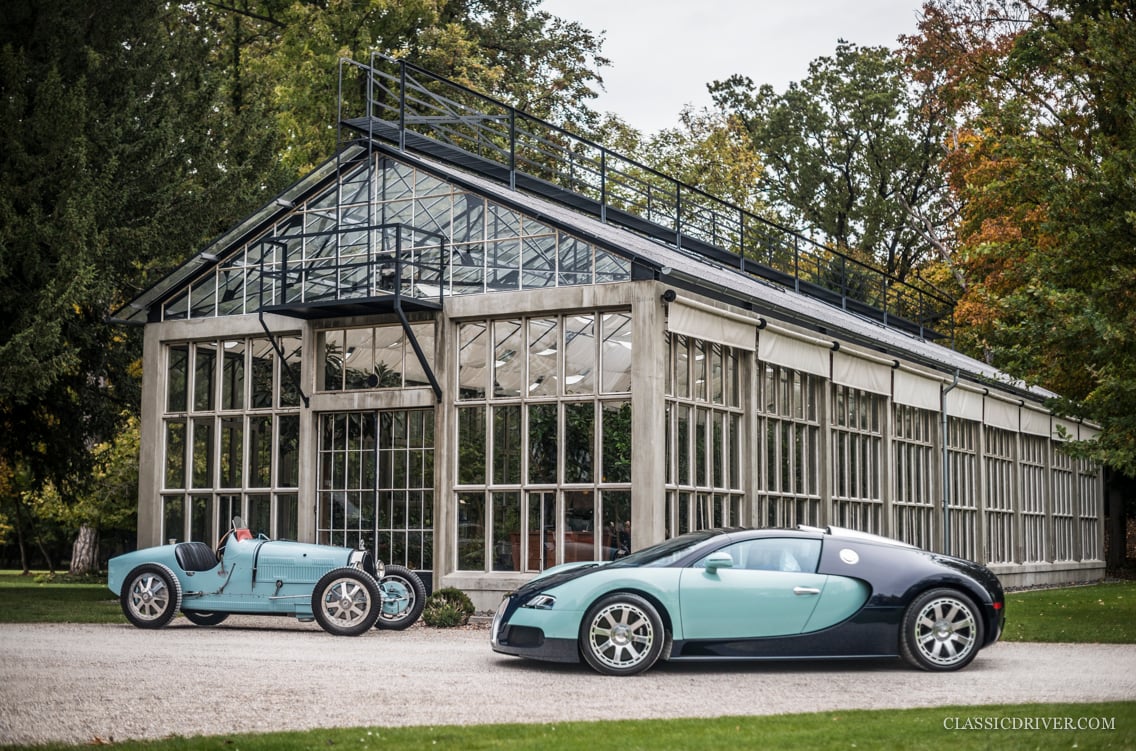
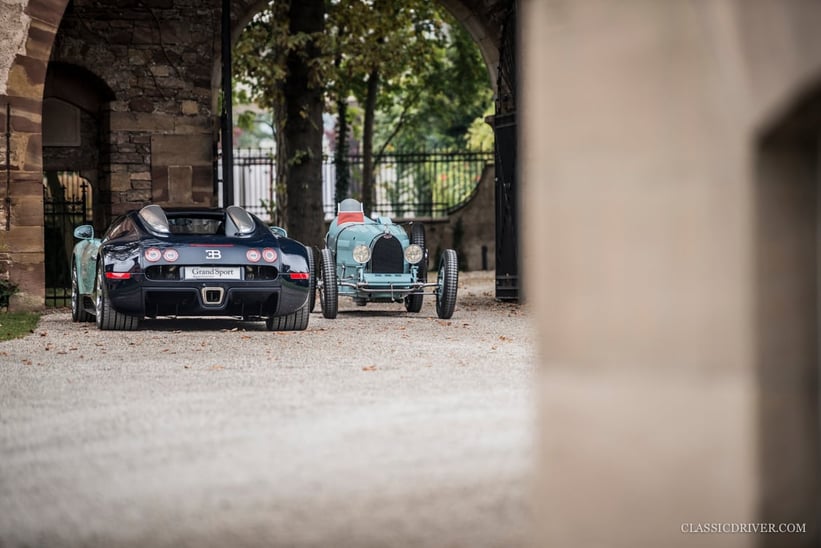
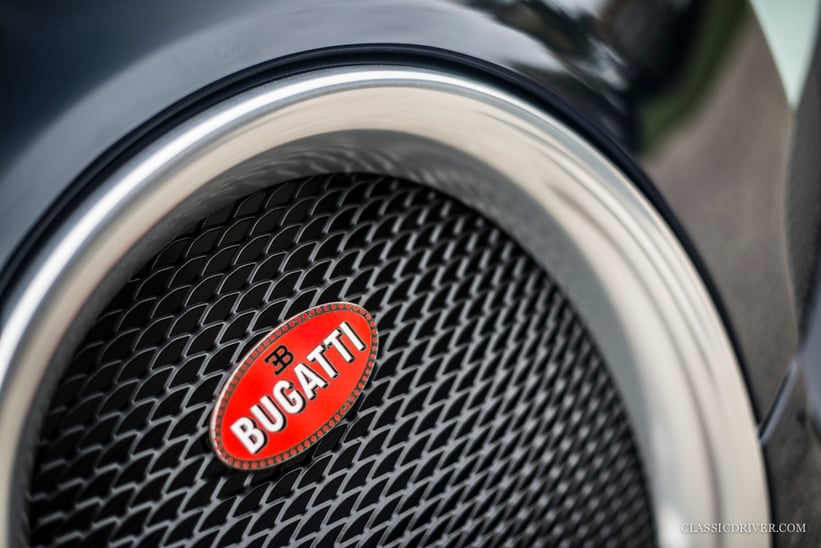
It’s a cold and grey morning in the forest beneath the Vosges Mountains, and the Alsace region of France is showing its dark side. But the weather is of little concern to the respected Swiss collector (who’d prefer to remain nameless) drinking tea in the orangery of Bugatti’s Molsheim estate. The final Bugatti Veyron Grand Sport Vitesse will leave the factory today, and its new owner is here to personally collect the significant car. But that’s not all – he’s also brought along his freshly restored 1928 Bugatti Type 35C, which served as inspiration for the specification of his new Veyron. The Type 35 Grand Prix cars garnered Ettore Bugatti’s eponymous brand immense success in the 1920s, and it’s fabulous to see this gorgeous example back in the courtyard of the Château St. Jean.
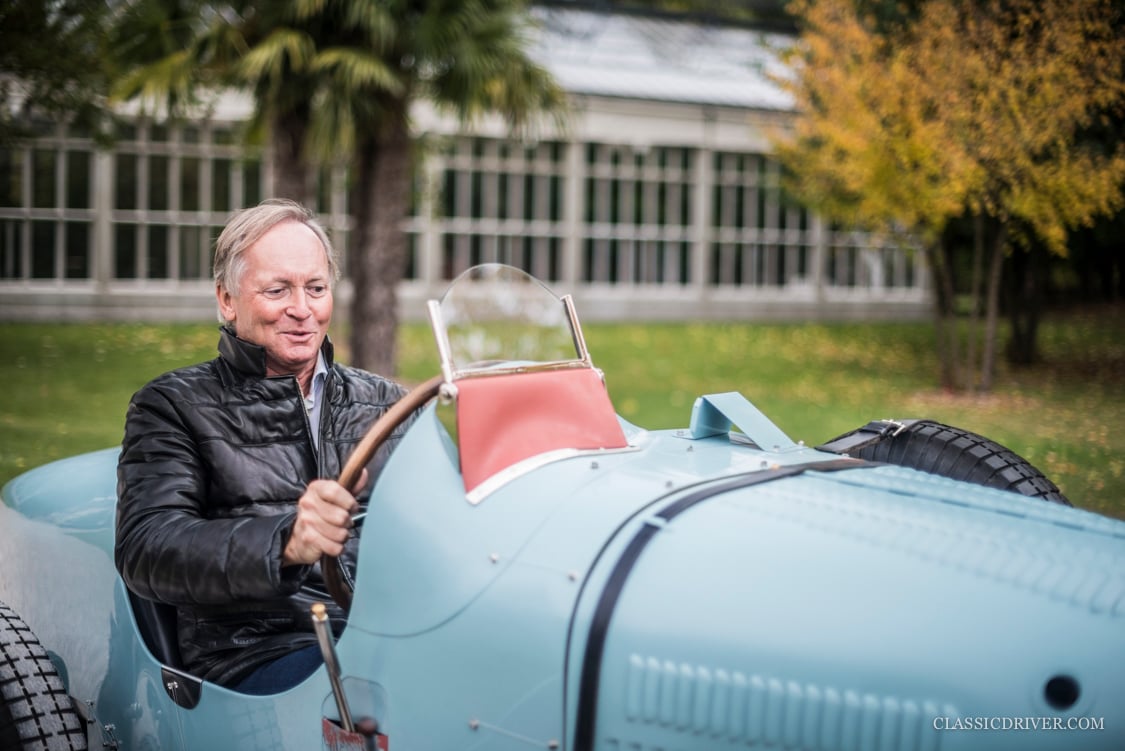
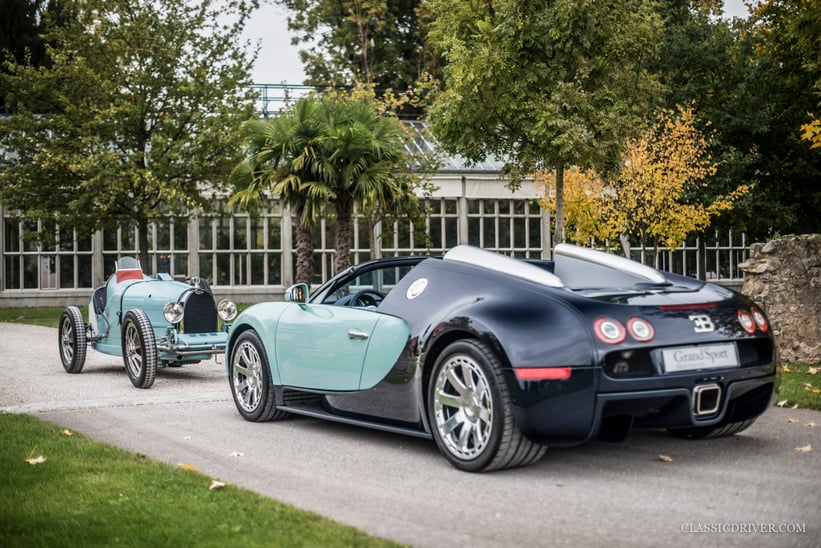

The boyish excitement of the Swiss collector is clear to see. “The future of a brand such as Bugatti is, of course, very important,” he says. “But it’s the history that’s perhaps even more significant. In its competition career, the Type 35 won over 2,000 races. I wanted to combine the early history of the brand, when Ettore was writing motorsport history in the pre-War years, with its revival under the guidance of Ferdinand Piëch and the production of the Veyron. To achieve that, I chose to transfer the aesthetic appeal of this wonderful Type 35C to the final Bugatti Veyron Grand Sport.”
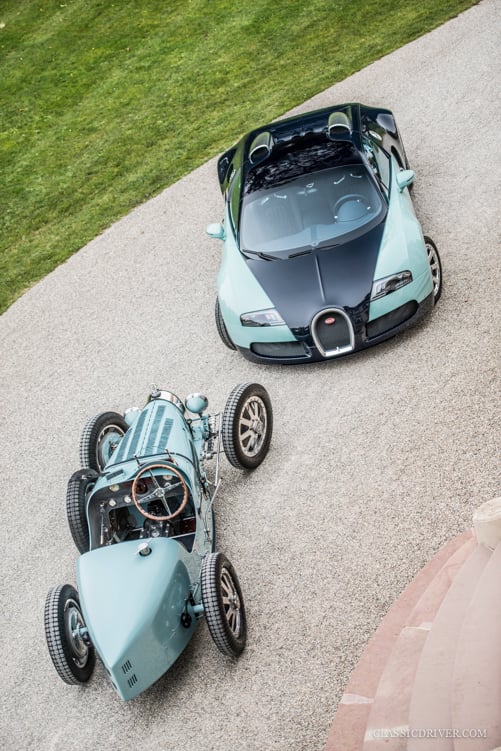
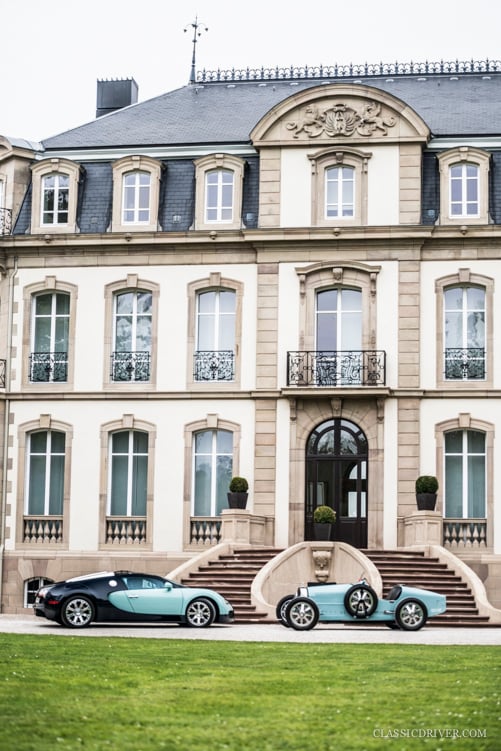
Each of these cars – one approaching its ninth decade, the other just a few days old – defines their respective generations, and the blue duo looks truly fabulous outside the famous Château St. Jean. Known to brand connoisseurs as chassis number #4935, this Type 35C was once owned by the great American collector Dr. Peter D. Williamson, before returning to Europe in 2010, though not in the best condition.
The car was modified by the well-known West-Coast restorer Overton ‘Bunny’ Phillips in the 1960s, when pre-War European Grand Prix cars were of little interest. A new body was fitted along with chrome wheels in the spirit of the time, and the finished product looked like it belonged on a fairground carousel, rather than a racetrack. But fortunately, the Bugatti scene is small and well connected, and a collector from Balboa Island off the coast of Los Angeles later emerged claiming to have bought a box of body parts belonging to this particular car, from the sale of the ‘Bunny’ Phillips estate. A long restoration process followed, initially taking place at the marque specialist Malcolm Gentry in the UK, where work on the engine and chassis was carried out. It was then moved to the workshop of Egon Zweimüller in Austria where, using a mix of original and exact replica parts, the car was returned to its authentic delivery specification.
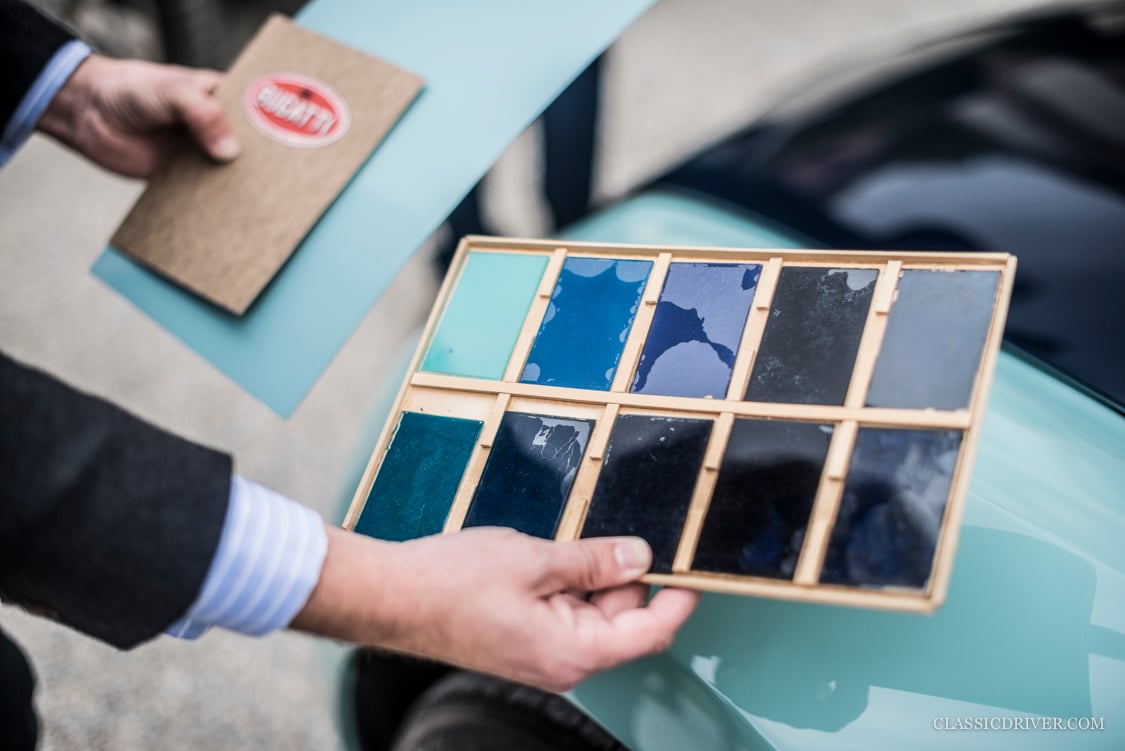

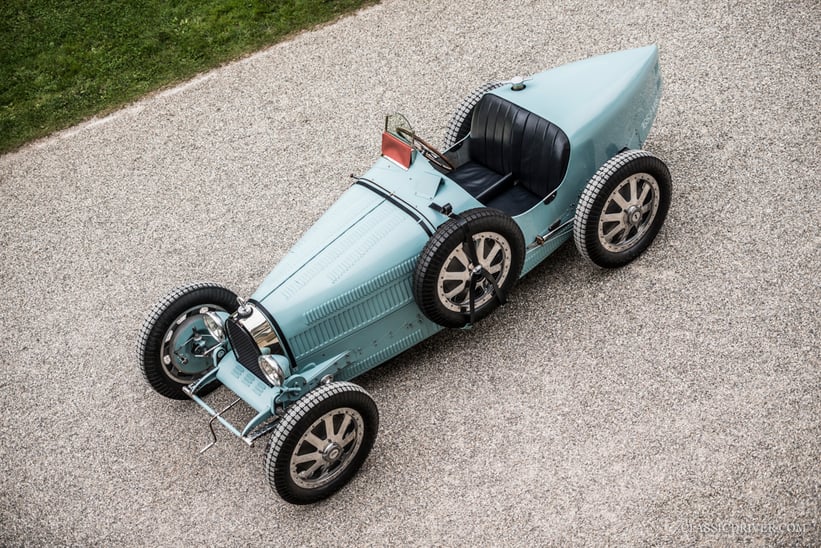
Particular attention was paid to the bright shade of blue in which the car was once painted, and original body parts were analysed for the sake of accuracy. Chosen with the help of an original colour palette from the period, the final hue is significantly brighter than the deep blue we would ordinarily associate with Bugatti. While it’s true that racing cars of the period were typically painted in their national colours (blue for the French, ‘Racing Green’ for the British and red for the Italians, and so on), the specific shade varied dependant on the region in which the team originated. This car’s colour is thus called ‘Bleu Grand Prix Lyonnais’.
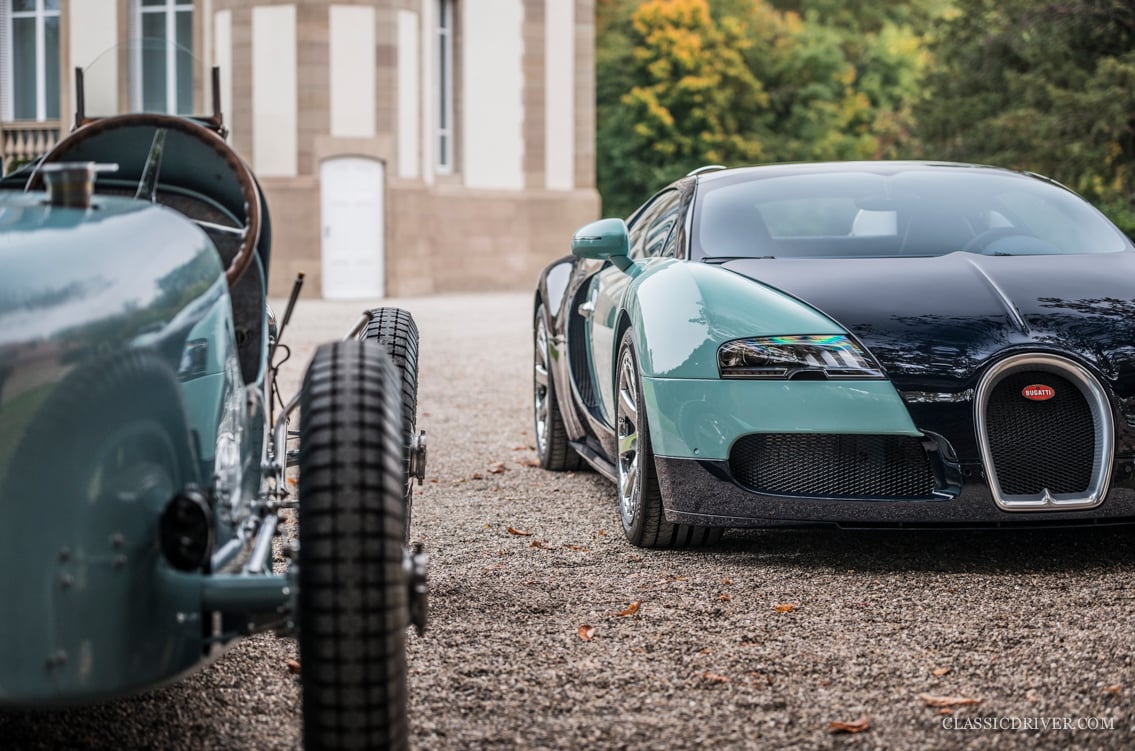
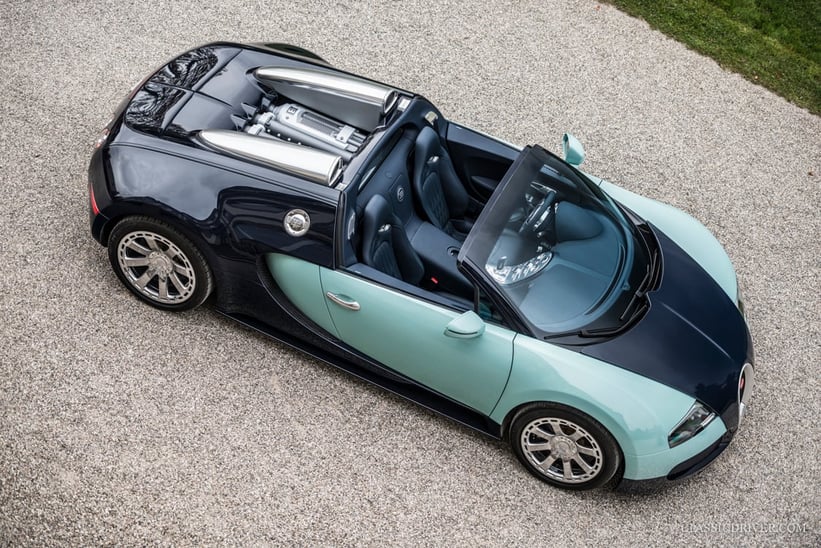

The Bugatti Veyron Grand Sport also wears the elegant shade, and the match is remarkably similar, especially since the techniques used to paint the two cars were drastically different. In the pre-War years, so-called nitrocellulose lacquers that contained few colour pigments had to be applied several times in order to cover the body, and this process was employed for the Type 35C. In certain light, the aluminium body is visible through the layers, and because the paint has no UV protection, the shade will slowly change over time and gain a beautiful patina. The staggering attention to detail continues inside the car. Since modern textiles would have looked out of place on a car of this vintage, historic leather was sourced and dyed blue, just as it would have been in the period. On closer inspection, you can see myriad other details such as the authentic rubber used under the wind deflector and at the stalk of the gear lever. And just like on Ettore’s original cars, lacquer was applied to that rubber, much of which has flaked off as the material has flexed. It was this unconditional quest for authenticity that makes #4935 so special.
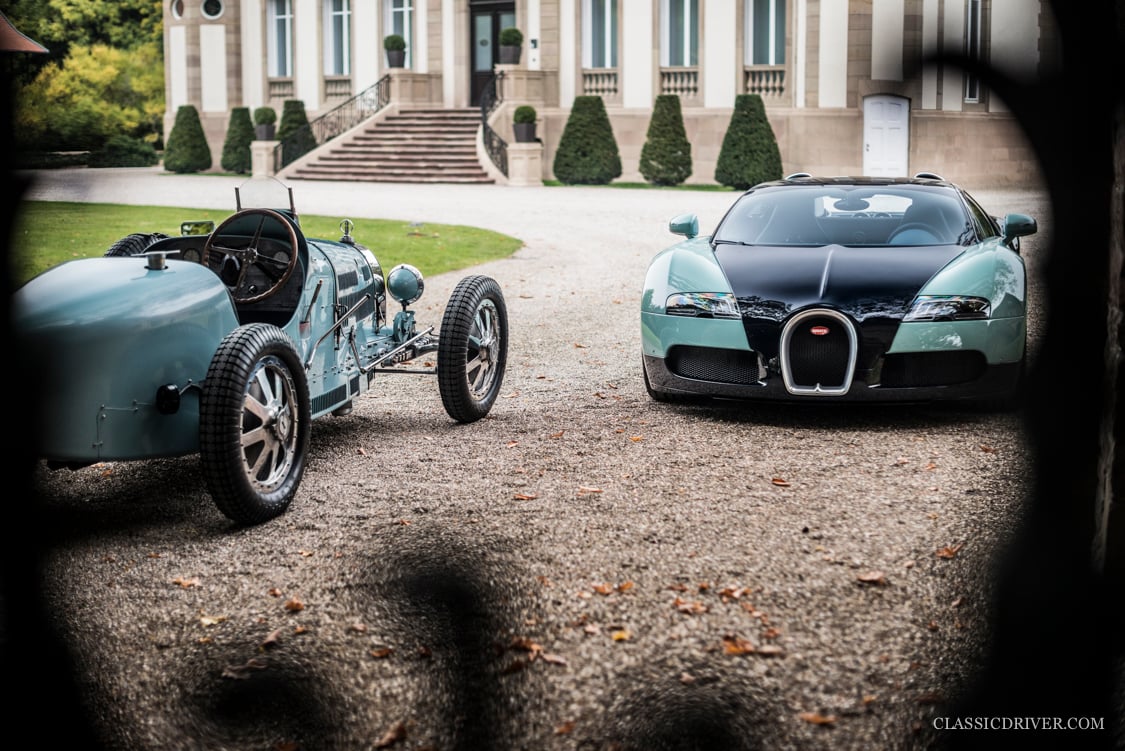
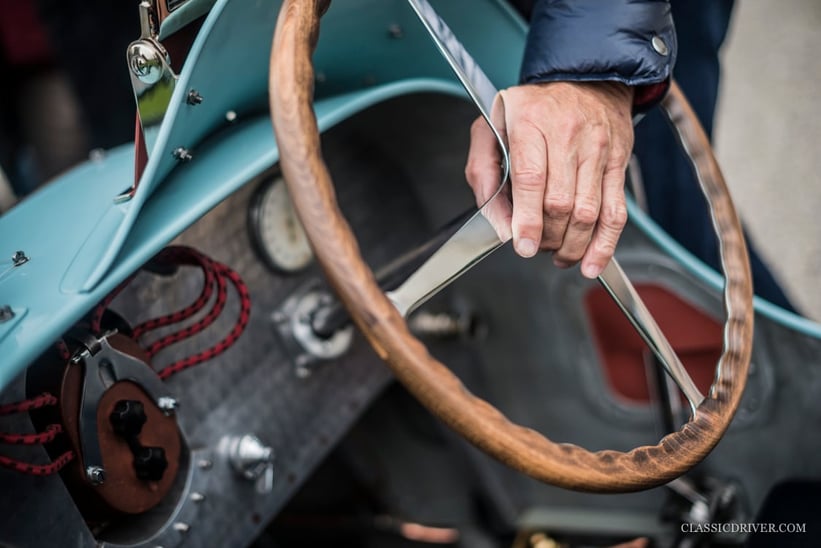
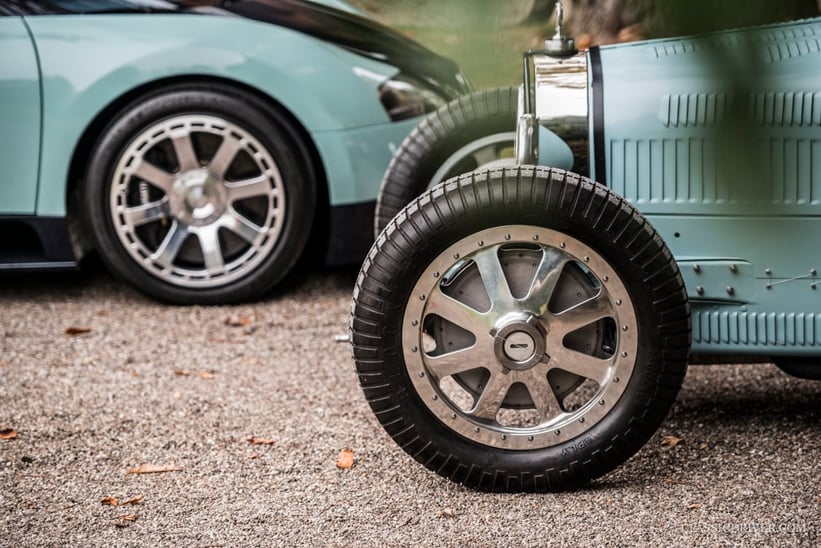
Many of these details have been carried over to the ‘Type 35 Edition’ Veyron Grand Sport, from the black horseshoe grille and timeless Grand Prix-style wheels, to the dark-blue leather seats and the brushed metal dashboard. The similarities are more than just visual, though. Both cars absolutely embody the vanguard of their time – the Bugatti Type 35 was the archetypal successful pre-War racing car and blueprint for generations of future engineers, and the Bugatti Veyron was the fastest and most versatile car of the New Millennium. This tasteful homage to the philosophy and history of Bugatti beautifully connects the work of both Ettore Bugatti and Ferdinand Piëch. We can picture only too well the Bugatti Chiron resplendent in ‘Bleu Grand Prix Lyonnais’ – Vive La Marque!
Photos: Rémi Dargegen for Classic Driver © 2016
You can find both classic and modern Bugattis listed for sale in the Classic Driver Market, the latter of which are sold with a two-year Bugatti Certified warranty.

Aucun commentaire:
Enregistrer un commentaire